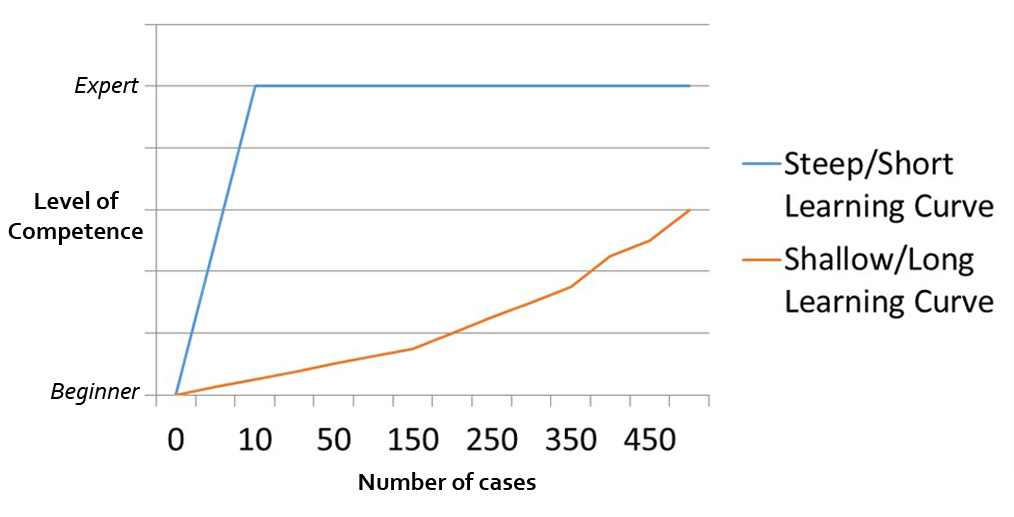Bladder cancer survivorship: orthotopic neobladders vs. ileal conduit, health economics in the way of progress
Sir,
It is with optimism that we read your editorial on orthotopic neobladders (ONB) vs. ileal conduits (IC) [1] and also the articles by Singh et al. [2] and Studer et al. [3]. Collectively, these are significant articles highlighting ONB as a preferable alternative to IC in terms of quality-of-life. The differences are even more pronounced where having an IC may be ‘censured’ in some parts of the world, perhaps for cultural reasons or practical/economic reasons, such as lack of availability of appliances.
We are aware that occasionally, for technical reasons or for reasons of patient choice (e.g. in the elderly) where a less complicated procedure is preferred for shorter operating time and a lower reoperation rate, ONB is not always desirable.
In the field of practice there are a number of issues we face. Firstly, despite an ageing population, there are a significant number of young patients with new bladder cancer diagnoses. This may be related to campaigns by the government regarding haematuria, giving greater awareness with earlier diagnoses [4]. Secondly, this sub-population of patients are more likely to be sexually active. As a result, many of these patients may not want an IC with urostomy. In particular, quality-of-life studies in the past [5] have indicated the severe psychosexual consequences of urostomies in younger patients and particularly in young women where body image is important for psychosexual wellbeing.
In this group, we would also include older more active patients who are physiologically and motivationally younger and who, for similar reasons, may not want an IC. Surveys have been done across cancer networks (personal communication) indicating that for various reasons patients may not be in receipt of the choice of urinary diversion. In some centres, the perception is that there is a greater morbidity and even mortality from having ONB performed in comparison with IC. This is unfounded and may be promoted through ignorance or even preference of some CNS patient advocates whose experience may have been coloured by personal experience.
We would highlight a cost-effective aspect to this. We previously compared ileal conduits vs. orthotopic neobladders in 81 patients over 10 years. The cost of stoma management and pouches is approximately £1800 per patient per year [6]. Patients were sent home with 2190 stoma bags in total: approximately 27 per patient (range 10-70 bags). However if usage is excessive, this can increase to above £6000 per year for one patient [6].
If a patient does have an ONB, it immediately saves on cost of stoma care. In today’s financially constrained NHS, this may be an important consideration for trusts if we can avoid compromising patient care. We are concerned however that due to the tariff costs for an ONB and ileal conduit being almost identical, there is incentive for more centres to do IC rather than ONB. With waiting list and breach pressures on all teams, this seems the logical financial option, however, it may not give the best outcome for the patient.
Training is an important issue. Cystectomies are only performed in major cancer centres and if ONB becomes less frequent or less ‘popular’, this could be detrimental to trainees’ exposure.
We propose DoH reconsider the tariff for ONB vs. IC, given that ONB is a longer, more complex procedure but potentially with improvements in both patient quality-of-life and significant savings on stoma care. We also suggest that (perhaps as an incorporated measure in Cancer Peer Review) patients who fit the profile for ONB should be counselled and offered this, in addition to IC, in an attempt to improve functional outcomes. As professionals, we should increase patient awareness of operative alternatives by involving support groups and organisations such as ABC (Action on Bladder Cancer). Lastly, trainees quite clearly need to be trained in both procedures and seek out these training opportunities if they wish to become cystectomists of the future.
Sanchia S. Goonewardene1, Adel Makar3, Raj Persad3
University of Warwick, 2Worcestershire Acute Hospitals, 3Southmead Hospital, Bristol
References
- Dasgupta P. Flying as high as a kite. BJU Int 2014; 113: 683
- Singh V, Yadav R, Sinha RJ, Gupta DK. Prospective comparison of quality-of-life outcomes between ileal conduit urinary diversion and orthotopic neobladder reconstruction after radical cystectomy: a statistical model. BJU Int 2014; 113: 726–732
- Studer UE. Life is good with orthotopic bladder substitutes! BJU Int 2014; 113: 686–687
- Cancer Research UK. The National Awareness and Early Diagnosis Initiative. Available at: https://www.cancerresearchuk.org/cancer-info/spotcancerearly/naedi/AboutNAEDI/. Accessed 22 April 2014
- Gerharz EW, Månsson A, Hunt S, Skinner EC, Månsson W. Quality of life after cystectomy and urinary diversion: an evidence based analysis. J Urol 2005;174: 1729-1736
- Stoma Care Nurses High Impact Steering Group. High Impact Actions for Stoma Care. Department of Health (DH), 2010.



